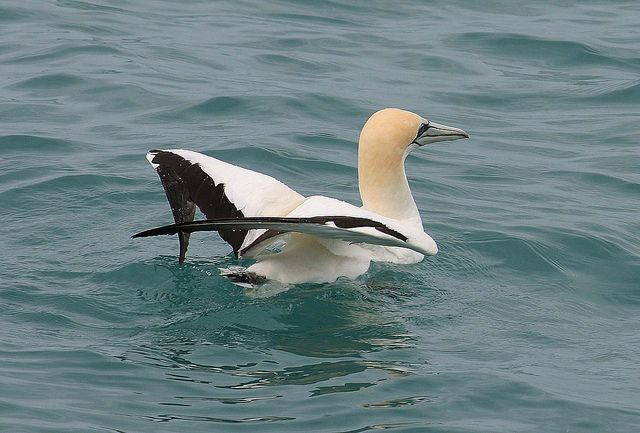Marine Mammals and Seabirds

The effects of marine farming on marine mammals and seabirds are not fully understood although there have been many reports and evidence presented. Potentially marine farms could adversely affect such species if they reduce or block access to food sources, limit the space available for hunting, or interfere with normal behaviour such as migratory routes. There are rare instances of marine mammals becoming entangled in marine farms. In addition, underwater noise generated by activities can attract or exclude marine mammals, with whales and some species of dolphins being more sensitive to this kind of disturbance. 377f7e41-7443-437c-b33e-c40d66164edb Currently, the limited extent of marine farming in New Zealand means that only a few such effects have been observed here, but this may become an issue as the industry grows.
In other countries, where marine farming is much more widespread, more serious problems have been experienced. 641c9e76-1a30-413c-956d-d7ea7a78c17e In New Zealand, there have been no reported cases of dolphins or seals becoming entangled in mussel farm lines. Between 1996 and 2003, one Bryde’s whale was reported as a casualty of entanglement in mussel spat catching lines. 0d65813a-0f0d-4fa7-9f64-767299160f64 Entanglement for whales may become more of a problem if large offshore marine farms are established in areas which overlap with the migratory paths of humpback and southern right whales. e43739ee-7bd3-48dd-937e-e9e917920790
New Zealand fur seals are attracted to salmon farms. Most farms use predator exclusion nets to reduce the risk of entrapment. As of 2007, there had been four reported cases of marine mammals becoming trapped in farm nets, two cases involving seals and the other three involving dusky and Hector’s dolphins. c3cce526-4ab8-4158-9200-325608619b50 Improvements in net design, and refined net changing and other practices, can reduce the risk of entanglement.
In the case of mussel farms, small cetaceans (whales and dolphins) can enter farm areas and swim between lines, and have often been observed to do so.
d1f997aa-eadb-4587-b3fd-87692fd2dcec
However problems can occur, when marine farms are located in areas which are important habitats for specific marine mammal species. For example, research has indicated that mussel farms located in Admiralty Bay in the Marlborough Sounds, may interfere with the cooperative hunting of dusky dolphins, with the dolphins observed to avoid the mussel farms. This is probably because the floats and lines physically obstruct the ability of the dolphins to jointly herd fish. In addition, the structures may interfere with the dolphins’ echolocation capabilities and thus their ability to ‘see’ and navigate within their surroundings. These concerns resulted in the Environment Court turning down applications to expand marine farming in the bay.
1f4f78e5-6938-4f78-8976-335d3489a360
The main negative impacts for seabirds from marine farms are entanglement, habitat exclusion, displacement from feeding areas, increased potential for pathogens and changes to the food web. The way that marine farms attract small fish means that the structures may enhance feeding opportunities and enable more efficient foraging.
b77dbf6c-814a-4fe5-9f87-a2923752e27d
Continuing improvements in bird exclusion netting overfish pens has significantly reduced seabird interactions.
Compared to mussel farms, habitat exclusion resulting from fish farms is more absolute and care is needed to ensure that they are not located in areas which are important habitats for marine mammals and important roosting areas for seabirds.
-
Ministry for Primary Industries, 2013c, 20
-
Kemper C et al., 2003
-
Lloyd B D, 2003
-
Du Fresne, 2008, 13
-
Forrest B et al., 2007, 28-29; Du Fresne, 2008, 14
-
http://www.waikatoregion.govt.nz/PageFiles/9912/TR0827.pdf
-
Peart R, 2013, 214-215
-
Ministry for Primary Industries, 2013a, 6-2
Last updated at 6:09PM on January 11, 2018